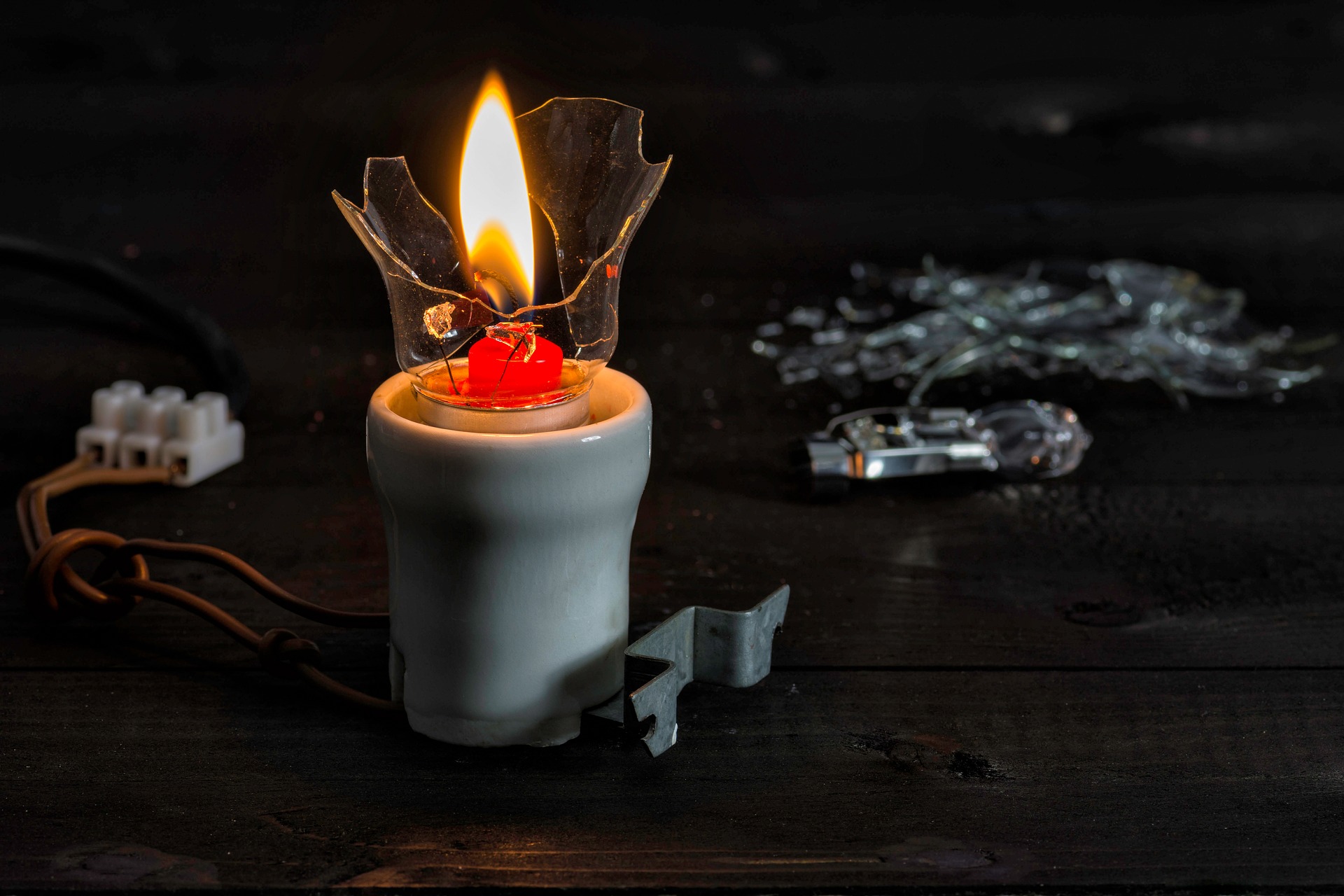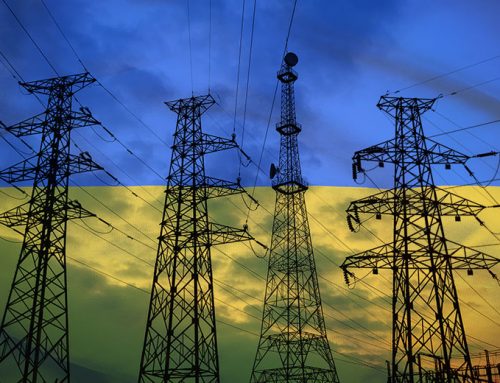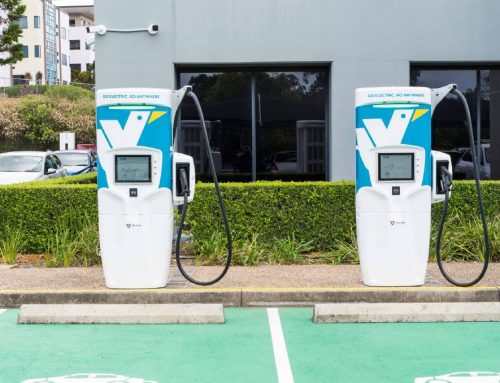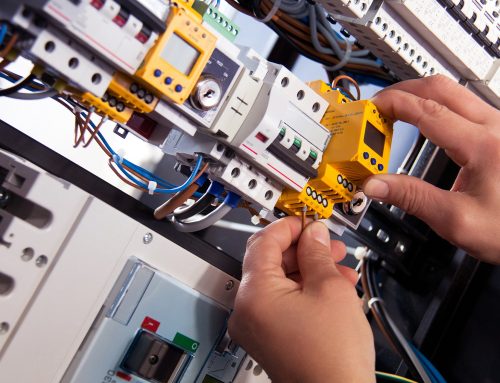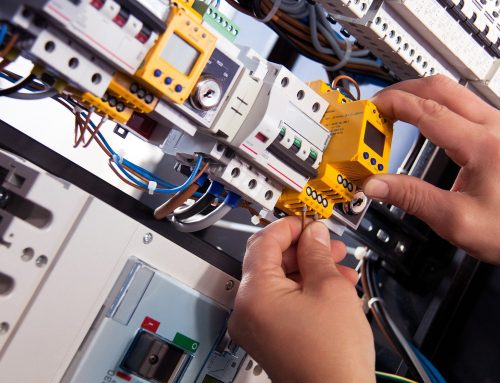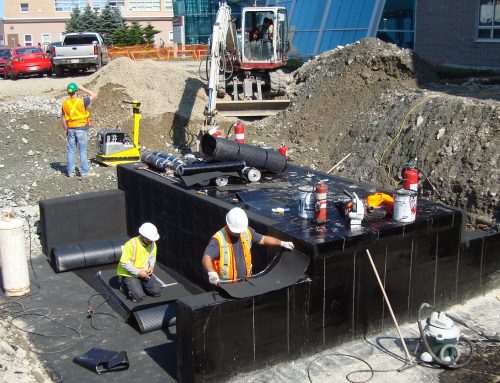An electrical emergency at home may be frightening to the average homeowner. A frayed cord or an overloaded circuit can cause a spark that may result in an electrical emergency. Contact an emergency electrician if you don’t know what to do, but you can use this practical guide to understand what to do in an electrical emergency at home.
It’s better to be prepared at all times to face an electrical emergency. Here are some basic electrical emergency procedures to help you create an electrical emergency response plan in case of an electrical emergency.
ELECTRICAL SHOCKS
Causes of electrical shocks:
Faulty appliances – appliances with worn wiring can cause electrical shocks. Replace appliances with faulty wiring immediately and never use them again.
Frayed Cords – cords with damage including extension cords should be discarded and replaced. Never use them to avoid electrical shock.
Poorly installed or poorly maintained household wiring – it is the common cause of electrical shocks. Seek a professional electrician if any areas in your home have faulty wiring.
Close proximity of appliances to water – keep electrical appliances away from water. Don’t let electrical appliances come in contact with water because it will cause electrical shock. Keep them away from each other for the safety of your family.
What to do:
Unplug the appliance immediately – unplug the appliance and turn off the branch circuits and the main breaker. Doing this will cut off the power supply to the appliance or electronic device and ensure electrical safety.
Turn off the power supply
As soon as you receive an electrical shock, turn off the power as quickly as possible. If you are far from the circuit breaker, cut the contact between the electrical source and person electrocuted using an insulated item like a wooden rod or a PVC pipe.
Don’t touch a person who has received an electric shock
Humans conduct electricity, so never touch a person who received an electric shock. Electrical shock can last a short or long time depending on the level of seriousness. The effect can be minor or serious, small burns to the skin, up to a stopped heartbeat. Turn off the power and call your local emergency service. It’s very important that victims of electrical shocks be examined by a doctor, regardless of severity.
Call your local emergency service
Call 000 for help in case of electrocution. If you are trained in CPR or first aid training, administer it. If you are not trained, the 000 operators will give you instructions on what to do until a responder arrives.
ELECTRICAL FIRES
Electrical fires are generally caused by overloading, exposed or faulty wiring or when flammable objects are placed near a light bulb. Sometimes a short in the circuit can cause electrical fires. No matter what causes it, an electrical fire can be dangerous to deal with. Never douse or attempt to douse the electrical fire with water or any conducting fluids.
What to do:
Cut the power
Cutting power is the first thing you should do in case of an electrical fire. Cut the power to the electrical system causing the fire. Do this by flipping the switch on your circuit breaker box. Unplugging the appliance is not enough especially if the cause is a damaged wire or overheated appliance. If you only see charring and the fire has not yet fully started do this to stop the fire before it starts.
Use a fire extinguisher
Electrical fires are best handled by the following types of fire extinguishers:
- Carbon dioxide
- Ammonium phosphate
- Sodium/Potassium bicarbonate
Carbon dioxide-based fire extinguishers are the best to use because it is specially designed for electrical fires.
If you have a fire extinguisher in your home, make sure everybody knows how to use it. If you were unable to cut the power from the source of fire, use carbon dioxide-based extinguisher. Pull the pin, depress the handle and point the horn at the base of the fire before holding down the handle. Continue dispersing the chemical until the fire is completely extinguished.
Evacuate the site
You should have an emergency exit route to escape in case of fire. If you cannot control the fire, exit the premises as calmly and quickly as possible before calling the fire authorities. Keep close to the ground to avoid smoke inhalation. Stop, drop and roll if your clothing catches on fire.
Call 000 and Exit
Don’t forget to call 000 in case of fire, even when the fire is out. Smoldering objects can still catch fire, particularly if you’re unable to cut the power from the source. Call 000 for an ambulance in case of electrocution.
FALLEN POWER LINES
Dangling or fallen power lines pose a serious threat to life and property, that’s why they should be dealt with extreme caution.
What to do:
Don’t touch any object that is in contact with the fallen power line
Trees or metal objects that are in contact with the power lines can be conductive. If you’re not sure if the power line is live, don’t touch anything that is surrounding it.
Stay at least 40 feet away from the power line
Fallen power lines could be live even if it doesn’t give off sounds, sparks, and lights. To avoid electrocution, maintain a distance of at least 40 feet from the power line. Also check for any fallen limbs, metal fences, vehicles or puddles that could act as an electrical conductor and pose an electrical hazard.
Contact the local authorities immediately
If you notice a dangling or fallen power lines, contact your local electricity company that is in charge of these power lines.
To ensure electrical safety at home, cover your outlets with surge protectors and install safety switches to monitor the flow of electricity. Hire a professional residential electrician for installation and repairs to prevent electrical hazards. Electrical emergencies at home can be frightening but it’s important to keep calm and contact emergency services as soon as possible.

